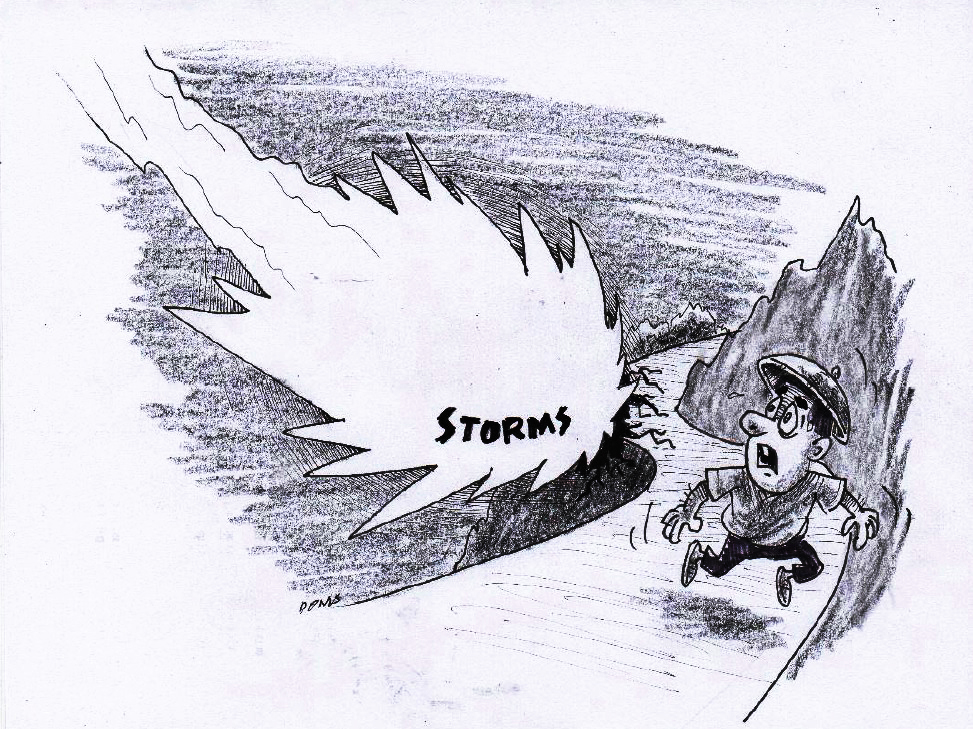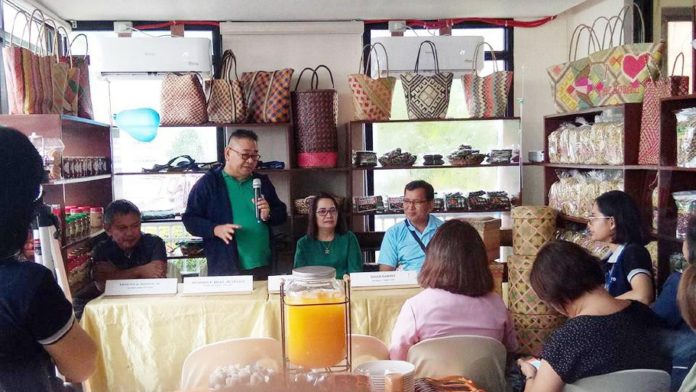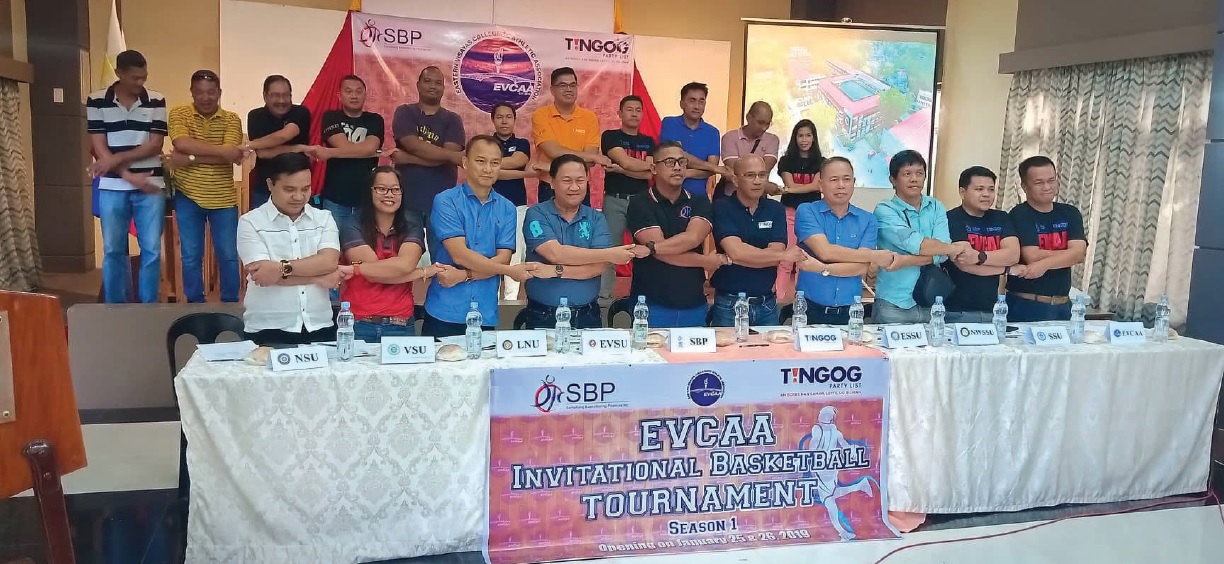TACLOBAN CITY- The Tacloban City Police Office (TCPO) led by its city director, S/Supt. Michael A. David, true to its commitment in serving the public especially this coming elections, undertook proactive activities in order to have a Secure and Fair Elections (SAFE) 2019.
On January 13, 2019, TCPO spearheaded the conduct of zumba, unity walk, interfaith prayer rally and peace covenant signing at the Tacloban City Convention Center (Astrodome)in coordination with Police Regional Office 8, Commission on Elections, local government Unit of Tacloban and Office of the 1st Representative of Leyte.
The activities started at about 5:00 AM at Fatima Junction (In front of Coca-Cola Plant) with a 30 -minute zumba session led by personnel from the 78IB Philippine Army with about 500 participants.
Afterwhich, the unity walk begun from Fatima Junction to the Tacloban City Convention Center (Astrodome) with participants composed of representatives from Tacloban City Police Office, Regional Mobile Force Batallion 8 and Police Regional Office 8 led by C/Supt. Dionardo Carlos, regional director;Philippine Army, 78th Infantry batallion led by Lt. Col. Danilo Dupiag, commanding officer and Philippine Army, 93rd Infantry Batallion led by Lt. Col. Hilario Palma, commanding officer; Comelec 8 led by its regional director Atty. Jose Nick A. Mendros; Department of Interior and Local Government (DILG) Tacloban led by Atty. Darwin N. Bibar, city director;National Police Commission (NAPOLCOM) 8 led by Atty. Haidee Borja, assistant regional director; Tacloban City Department of Education (DepEd) led by Thelma Quitalig, schools division superintendent; Bureau of Jail Management and Penology (BJMP) Tacloban led by P/Supt. Manuel O. Chan, Jr.;Bureau of Fire Protection (BFP) Tacloban led by Fire Chief Inspector Joselito S. Sabandal; Peace Action and Rescue with Dedication to Serve the Society (PARDSS) Tacloban Chapter; Kabalikat Civicom; Tacloban Rescue Unity (Tacru); students from Leyte Colleges, Asian Development College, Leyte Normal University and Eastern Visayas State University; Tacloban City Candidates and their supporters; and representatives from different religious groups such as the Islamic Knowledge for Humanity and Livelihhod Association (IKHLAS) led by Ustadz Ismael Cacharro, Reverent Father Ian Paulo Gonzaga from the Sto. Niño Parish Church and Pastor Robert Serrano from the Baptist Church.
At the astrodome, the program commenced with an interfaith prayer with the ceremonial lighting of candles led by the representatives of the different religious groups.
This was followed by the singing of the Philippine National Anthem that was led by the Police Regional Office 8 band with TCPO police director S/Supt. David making his welcome remarks.
S/Supt. David expressed his gratitude to the over-whelming support from all stakeholders in Tacloban City and prayed for their support and cooperation in having a SAFE 2019.
Thenafter, a brief message was given by PNP-8 Director C/Supt. Carlos who emphasized the importance of maintaining Integrity in the electoral process and the responsibility of everyone present to keep the Integrity throughout the election period.
This was followed by a message from Comelec Regional Director Mendros who emphasized that suffrage is a constitutional right of the people to choose leaders whom they see are deserving to lead the nation.
He totally prayed that vote-buying be admonished as it taints the purity and sanctity of the electoral process.
Moreover, he added that every citizen should be active and extra vigilant and report violations to the authorities in order to render justice.
The highlight of these activities was the recital and signing of the Integrity Pledge by 24 candidates for mayor, vice mayor, and councilors in Tacloban City together with the witnesses led by Comelec city director Cañas. (PR)








